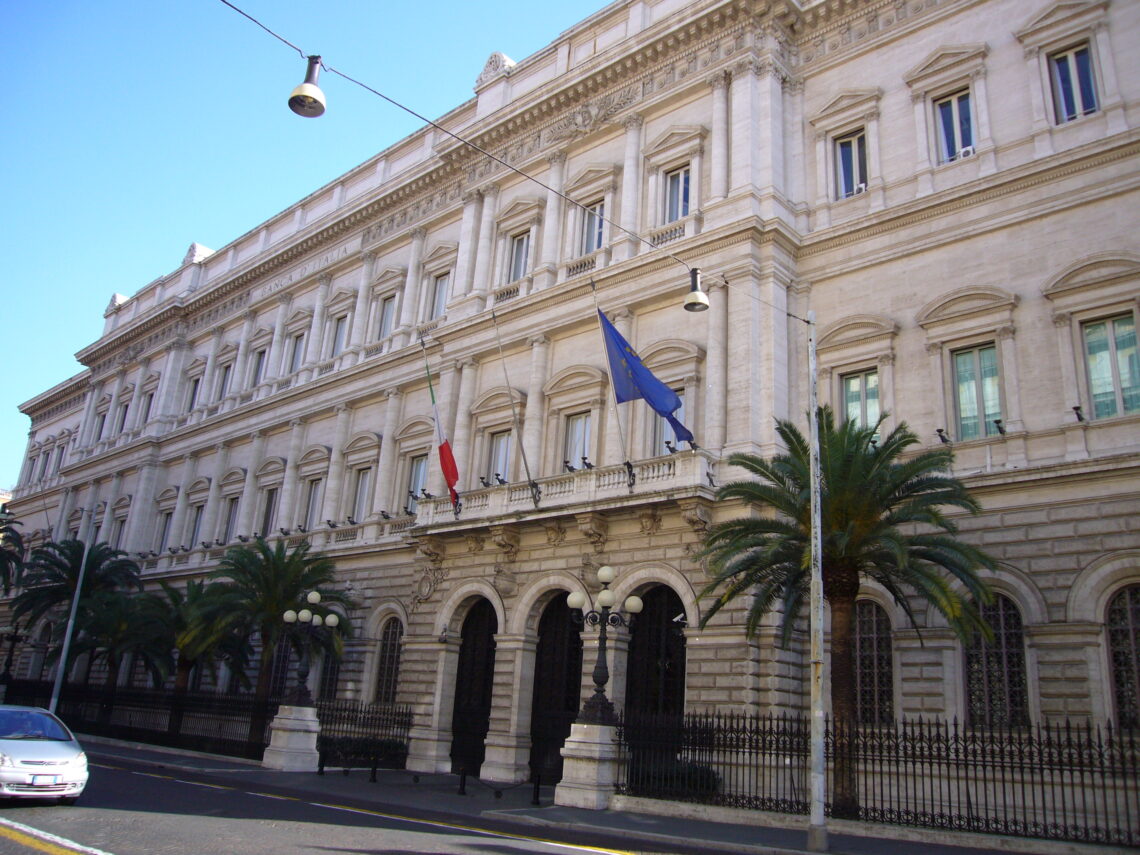
Contractual usury exists even if only the default interest applied to the loan agreement is higher than the threshold rate provided by the memoranda of the Bank of Italy
The Firm has recently represented a company which signed a leasing contract with a Bank for the construction of a workshop. From an examination of the interest rates applied to the contract, it emerged that they were above the threshold rate identified on the basis of periodic surveys conducted by the Bank of Italy.
In particular, the company represented by the Firm claimed that the amount of the interests specified in the contract, also in light of the increase to be applied as default interest, led to a higher rate than the threshold in force for the time (identified in TEGM then increased by 50%). The Company, therefore, brought an action against the bank which had granted the loan, summoning it before the Court of Udine.
In accordance with the requirements of Article 1815 of the Italian Civil Code, the Company which had requested the loan called for the verification of the invalidity of the clause concerning interest, resulting in the gratuity of the loan agreement and the sentencing of the bank to the repayment of the interest paid up to that point.
The credit institution pleaded an argument that is often chosen by banks within this kind of banking disputes, i.e. that for the purpose of calculating usury, adding the contractual interest rates and the default interest is not correct, since they are two different quantities.
Furthermore, the bank stated that the interest rate could not be taken into consideration for the purposes of the assessment of the usurious interest of the loan agreement, because the TEGM (overall global economic rate), periodically determined by the Bank of Italy and identifying parameter of the threshold rate, does not take into account the interest rates applied on an average basis by credit institutions.
The Judge, in conside-ration of the view taken by the Corte di Cassazione in its recent ruling no. 350/2013, deemed that, in order to determine the existence of usury, it is necessary to examine all payments requested by the bank to the customer for any reason: default interest included. This is also provided for by the law, in particular by Law 108/96, Article. 1, para. I, which states that “to determine the rate of usurious interest one has to take into account fees, remuneration and expenses of any kind, except those for taxes, related to the supply of credit”. The fact that the default interest has to be taken into account for determining whether there is usury also emerges from a multitude of Court rulings, including a ruling of the Corte Costituzionale of 25 February 2002, no. 29.
In light of those considerations, the Court of Udine ruled that the contractual provisions regarding late payments must be included in the empirical calculation to establish whether the applied rates are usurious, and it rejected the argument that the default interest should not be considered in the calculation of usury, as the TEGM, periodically measured by the Bank of Italy, is not determined by examining also the default rates, but only the contractual interest rates.
And in fact, if the Bank of Italy were to start a specific investigation to determine the hypothetical TEGM of the default interest rates, on the one hand default would be elevated to an autonomous credit category (which is not possible because default is a mere modification of the amortization plan, due to the behavior of the defaulting debtor) and, on the other hand, it would identify a higher rate threshold. This would lead to completely thwarting the ratio that is at the basis of the protection provided for whoever signs a loan agreement. It is, in any case, the law itself which determines that there must be only one average threshold of remuneration for any reason.
In the case in hand, however, according to the Court this does not imply that adding the contractual interest rates to the default rates is correct for the purpose of identifying contractual usury, but the default rate has still to be considered within the actual overall average annual rate agreed upon together with the other costs.
In the particular case brought to the attention of the Court of Udine, the default interest rate alone was already higher than the threshold rate. This made a specific expert report unnecessary, as it was clear that the actual total annual cost could never be lower than the threshold of usury.
This resulted in the application of Article. 1815 of the Italian Civil Code, and the bank was thus sentenced to pay its costumer all the interests, costs and commissions paid up to that moment which amounted to over € 300.000,00.
(Trieste Office – Francesca Greblo – 0407600281)


